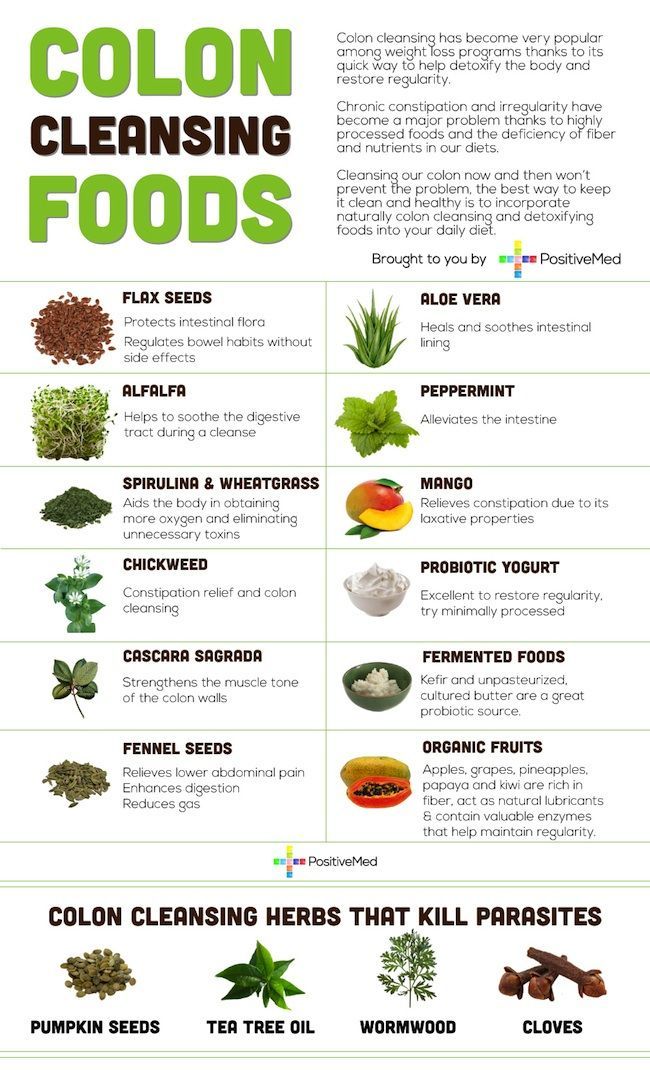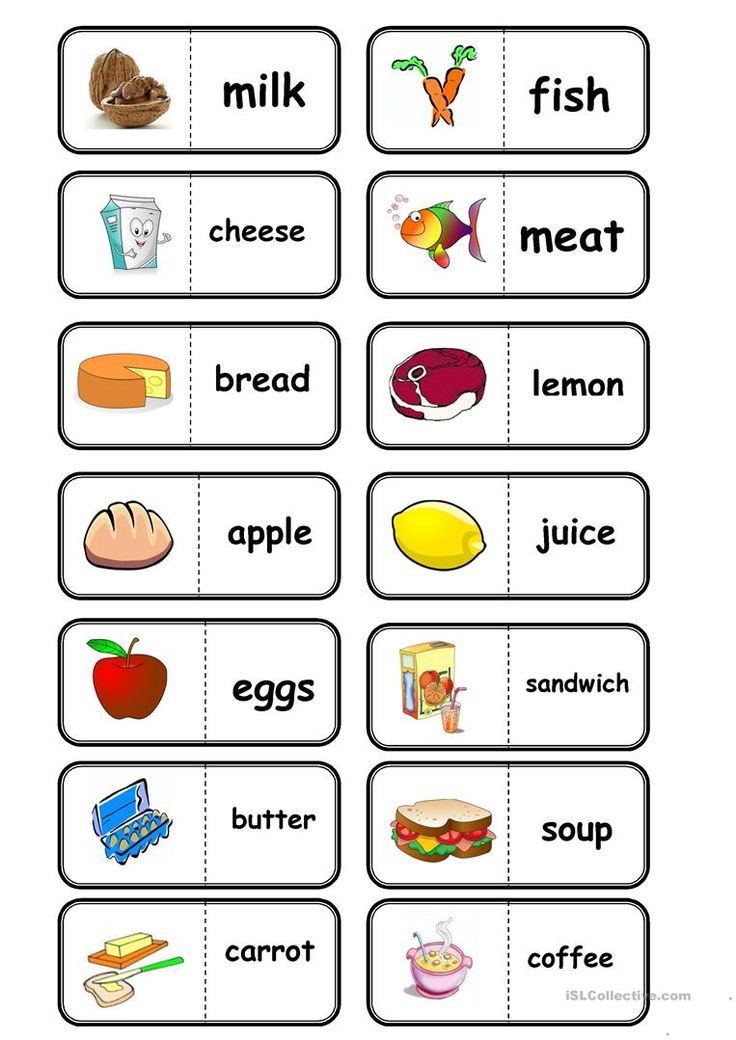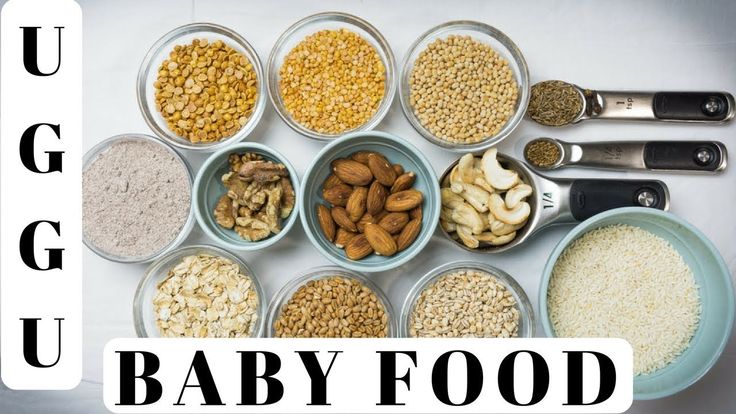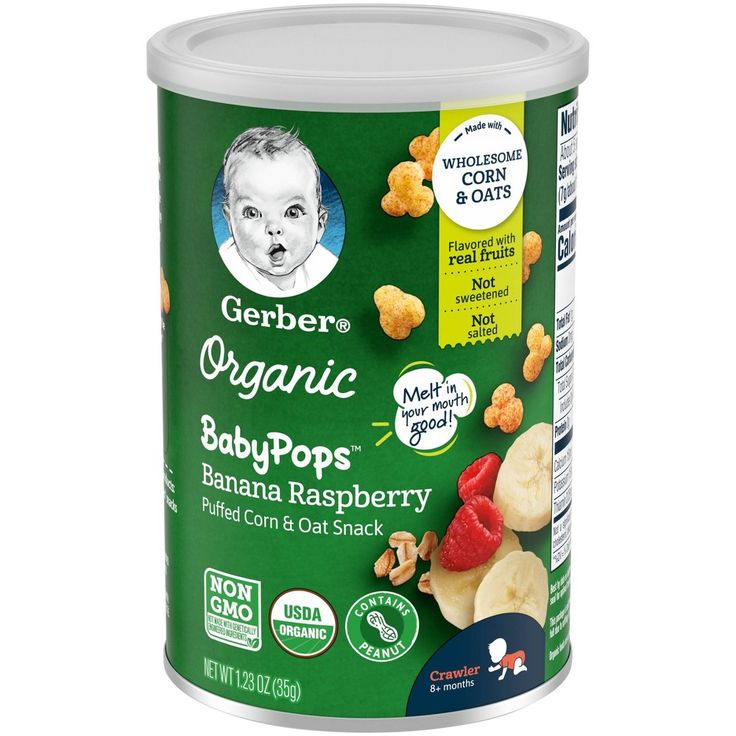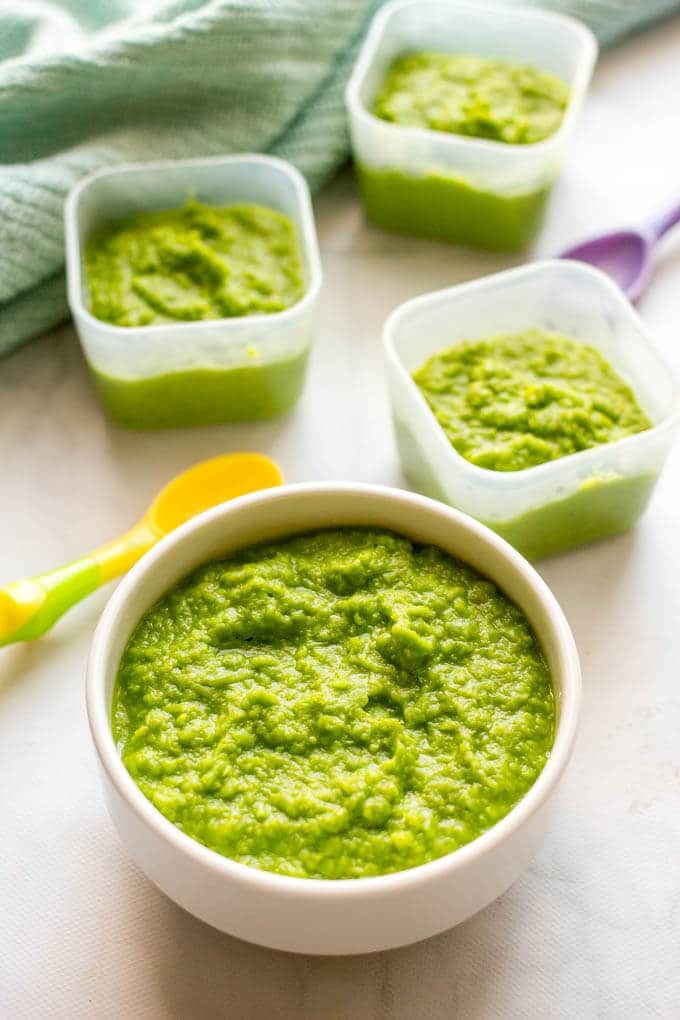Pureed beets baby food
Beets Baby Food (BLW and Puree)
Transform fresh beets into a delicious baby food with this easy method. This works as a baby-led weaning food or as a puree, and it’s easy to make ahead and freeze for future weeks.
Beets Baby Food
Beets are one of our favorite baby food options since they have a unique earthy flavor, and they are easy to prepare and serve. They’re also versatile and can be served as a single puree, a baby food combination, or as a BLW-style baby food.
When my oldest was starting solids, we had a plethora of beets from a local farmer, so we made and froze them in batches for her. She loved them!
Beet Puree
Making beet puree is as easy as boiling beets, removing the skin, and then pureeing smooth. The color is bright and pretty, and the flavor is wonderful. (OK, not everyone likes beets, but it’s awesome to offer such a unique flavor to babies.)
Beets for Baby-Led Weaning
Beets, when boiled until soft, are a great baby-led weaning food. They are soft, easy to hold, and easy to chew. You’ll want to slice them into longer pieces, rather than cube, so they are easy to hold and eat.
Ingredients You Need
To make this baby food, you need:
- Beets: You can use golden or red beets, as they both work. The only difference is the color and that golden beets tend to stain a little less than red ones. To take a shortcut, you can also start with steamed beets from the supermarket. Look for them in the produce section (just be sure they aren’t pickled!)
- Olive oil or butter: This can add some fat and flavor, but it’s optional.
To serve this as a baby food combination, you can mix with Apple Puree, Blueberry Puree, Sweet Potato Puree, Chicken Puree, or Avocado Puree.
Step-by-Step Instructions
Here’s a look at how to make this recipe. Scroll down to the end of the post for the full information.
- Wash and cut off the root and stem ends of the beets. Cut into even slices, leaving the skin on.
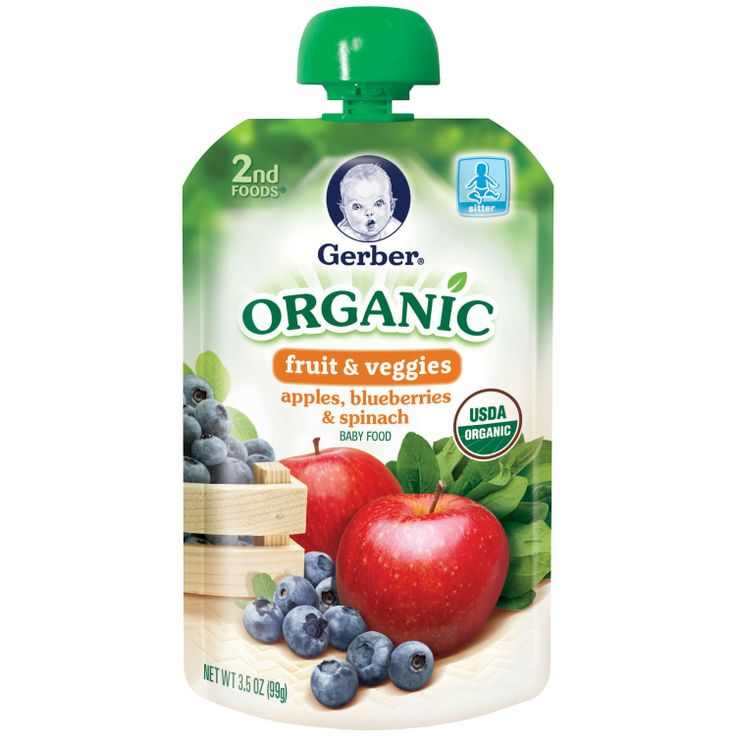
- Place into a medium or large saucepan and cover with about 2 inches of water. Simmer until the beets are soft when poked with a fork or paring knife.
- Drain and run under cold water to help them cool down. Remove the skins by rubbing on them gently with your fingers—they should slip off.
- To serve baby-led weaning style: Offer one or two slices at a time to baby to self-feed.
- To puree, add beets to a blender. Blend, starting on low and working up to high. Add 1 tablespoon water at a time to make a smooth puree. Add the olive oil if using.
Serve, or mix with one of the optional flavors to make a baby food combination.
How to Store
Store the puree in airtight containers in the fridge for up to 5 days. Or, freeze in an ice cube tray overnight, transfer to a freezer bag, remove as much air as you can, and freeze for up to 6 months. Thaw 1-2 cubes in a container overnight in the fridge or at room temperature for about an hour.
Find more on how to freeze baby food and my go-to baby food containers.
Best Tips for Success
- Cut the beets into similar-sized pieces so they cook at the same speed.
- Leave the peel on and plan to slip it off at the end of cooking. (I find this to be the easiest method.)
- Use red or golden beets.
- Mix with Apple Puree, Blueberry Puree, Sweet Potato Puree, Chicken Puree, or Avocado Puree to make a baby food combination.
- To serve as a BLW-style food, cut into thin, long pieces (about the size of 2 fingers) and cook according to the recipe. Remove the skin, let cool, and serve.
Related Recipes
I’d love to hear your feedback on this recipe if you try it, so please rate and comment below!
Prep Time 5 minutes
Cook Time 25 minutes
Total Time 30 minutes
Author Amy Palanjian
Cuisine American
Course Baby Food
Calories 58kcal
Servings 4 -6
- ▢ 1 pound red or golden beets
- ▢ 1 teaspoon olive oil (optional)
Wash and cut off the root and stem ends of the beets.
 Cut into even slices, about 1 inch thick, leaving the skin on. Place into a medium or large saucepan and cover with about 2 inches of water.
Cut into even slices, about 1 inch thick, leaving the skin on. Place into a medium or large saucepan and cover with about 2 inches of water.Bring to a boil over high heat, then reduce to medium to simmer rapidly. Cook for about 20-30 minutes or until the beets are soft when poked with a fork or paring knife. Remove from heat.
Drain and run under cold water to help them cool down enough to handle them. Remove the skins by rubbing on them gently with your fingers—they should slip off.
To serve baby-led weaning style: Offer one or two slices at a time to baby to self-feed.
To puree, add beets to a blender. Blend, starting on low and working up to high. Add 1 tablespoon water at a time to make a smooth puree. Add the olive oil if using.
Serve, or mix with one of the optional flavor combinations to make a baby food combination.
Calphalon 5-Quart Pot
Cutting Board
Storage Containers
- Store the puree in airtight containers in the fridge for up to 5 days.
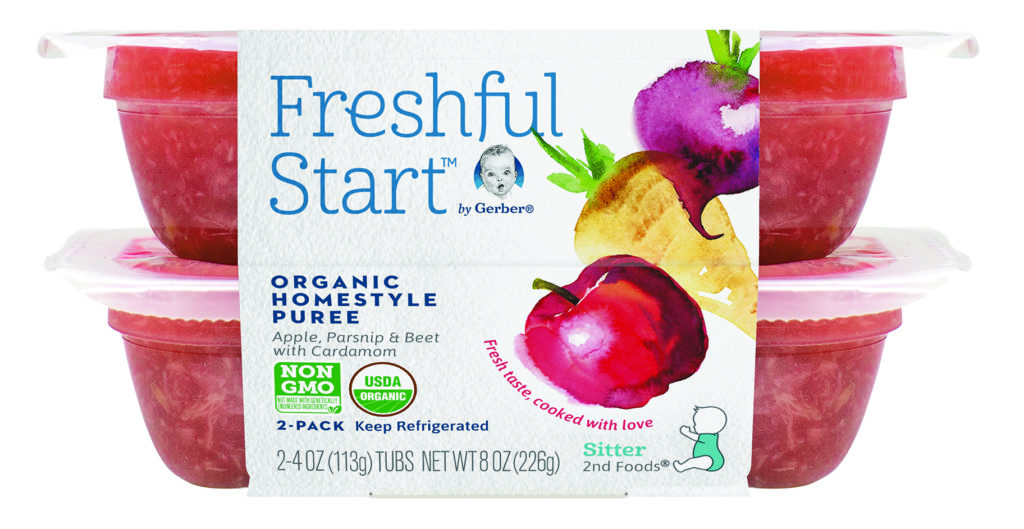 Or, freeze in an ice cube tray overnight, transfer to a freezer bag, remove as much air as you can, and freeze for up to 6 months. Thaw 1-2 cubes overnight in the fridge in a container or at room temperature for about an hour.
Or, freeze in an ice cube tray overnight, transfer to a freezer bag, remove as much air as you can, and freeze for up to 6 months. Thaw 1-2 cubes overnight in the fridge in a container or at room temperature for about an hour. - Cut the beets into similar-sized pieces so they cook at the same speed.
- Leave the peel on and plan to slip it off at the end of cooking. (I find this to be the easiest method.)
- Use red or golden beets.
- Mix with Apple Puree, Blueberry Puree, Sweet Potato Puree, Chicken Puree, or Avocado Puree to make a baby food combination.
- To serve as a BLW-style food, cut into thin, long pieces (about the size of 2 fingers) and cook according to the recipe. Remove the skin, let cool, and serve.
Serving: 0.25cup, Calories: 58kcal, Carbohydrates: 11g, Protein: 2g, Fat: 1g, Saturated Fat: 0.2g, Polyunsaturated Fat: 0.2g, Monounsaturated Fat: 1g, Sodium: 88mg, Potassium: 369mg, Fiber: 3g, Sugar: 8g, Vitamin A: 37IU, Vitamin C: 6mg, Calcium: 18mg, Iron: 1mg
Tried this recipe?Rate in the comments and tag @yummytoddlerfood on IG!
Beets & Blueberries Baby Food Recipe
Meal Time | 05. 17.19
17.19
Jump to Recipe Print Recipe
Easy-to-make Beets & Blueberries Baby Food Recipe that your little one will love!
Looking for a new, nutrition-loaded puree recipe to make for your 6-12 month old baby? Your little one will love this one! It’s sweet, healthy, and full of antioxidants and vitamins.
Pro-tip: Save time and have organic, healthy baby food blends sent right to your doorstep with Little Spoon!
How to make this easy Beets & Blueberries Baby Food Recipe
1. Peel the beetsWash and peel the beets, then cut into small cubes.
Don’t have the time to wash and peel beets? Try using these organic, peeled, and cooked beets! HUGE time saver and you won’t have to deal with staining everything pink 😉 Get 25% off of organic cooked beets over on Thrive Market!
2. Wash the blueberries
For this Beets & Blueberries Baby Food Recipe, you can either wash and use fresh blueberries or use frozen blueberries. Both options work great!
Both options work great!
3. Steam everything together
Using a baby food maker or steaming basket, steam the beets and blueberries for about 10-15 minutes.
4. Blend into a puree
Place the steamed beets and blueberries in the baby food maker or blender to puree! Add in water from the steaming process or mix in breastmilk to achieve the desired puree consistency.
5. Store in the refrigerator or freezer
This baby food recipe can be stored in the refrigerator for up to 3 days or the freezer for up to 3 months. Be sure to use airtight baby food containers to ensure maximum freshness!
More baby food recipes your little one will love:
- Banana Kale Oatmeal Baby Food Recipe
- Carrot Butternut Squash Baby Food Recipe
- Zucchini & Apple Baby Food Recipe
5 from 4 votes
Print Recipe
Beets & Blueberries Baby Food Recipe
Easy-to-make Beets & Blueberries Baby Food Recipe that your little one will love!
Course: Baby Food
Cuisine: American
Prep Time: 5 minutes
Cook Time: 15 minutes
Total Time: 20 minutes
Servings: 6 servings
Calories: 37 kcal
Author: Christine McMichael
- ▢ 2 medium beets
- ▢ 1 cup fresh or frozen blueberries
Wash, peel, and cut the beets into small cubes.

Wash the blueberries.
In a baby food maker or steaming basket, steam the beets and blueberries for about 10-15 minutes (or until soft).
Blend the steamed beets and blueberries into a puree, adding water or breastmilk to create the desired consistency.
Store in the refrigerator for up to 3 days or the freezer for up to 3 months!
*If using fresh blueberries, add them to the steamer when the beets have about 5 minutes left.
Calories: 37 kcal
Tried this Recipe? Tag me Today!Mention @jar.of.lemons or tag #JarOfLemons!
This post may contain affiliate links, please see our privacy policyReader Interactions
recipes for beet puree with apples and vegetables
Beets have always been famous for improving digestion, and apples have proven to be an excellent remedy for iron deficiency anemia.
CONTENTS
1. Beetroot puree with apples
2. Beetroot puree with vegetables
Beetroot puree with vegetables
3. Beetroot puree with lemon juice
The recipe for beetroot puree is simply outrageous. In addition, beets are a vegetable that has a lot of useful properties, especially for digestion. You can prepare beetroot puree in different ways: either boil the root vegetable first and then puree it, or grate it and then heat it with other ingredients. nine0003
Beetroot puree with apples
Beetroot puree combined with apple - a healthy dinner or afternoon snack. In combination with a meat dish - cutlet, soufflé or meatballs - a full lunch or breakfast.
- 1 Small young beetroot
- 1/2 of the average apple
- 1 tablespoon of sour cream
- 1 teaspoon of sugar
- 1/2 teaspoon of butter
-
Beetroot, without cleaning, to clean up to readiness. Cool and peel, grate on a coarse grater. nine0003
-
Peel and seed the apple, also grate it on a coarse grater and mix with boiled beets.
 Add sugar and melted butter to the puree.
Add sugar and melted butter to the puree. -
Place the puree in a saucepan and simmer over low heat for 8-10 minutes. When serving, pour beetroot puree with sour cream.
- 100 g of beets
- 1 Tea tablespoon of butter
- 1 tablespoon of tomato juice (children)
- 2 teaspoon of carrot juice (children)
- 2 teaspoon of milk
- 2 ml of sugar syrup
- salt to taste
-
Peel and wash the beets. Cut into pieces and steam. Then rub through a sieve or mash with a fork to puree.
-
Mix pureed beets, tomato and carrot juices, salt to taste, add sugar syrup, milk and butter, mix everything. nine0003
-
Ready beetroot puree served with fish meatballs or meat soufflé, sprinkled with chopped herbs and drizzled with sour cream.
- 1 small beetroot
- 1/2 teaspoon lemon juice
- 1 teaspoon vegetable oil
- a little sugar
-
Rinse the beetroot, cut off the “tail” and, without peeling, boil until tender.
-
Ready Beets Peel, grate on a coarse grater, season with vegetable oil, sugar and lemon juice.
-
When serving beet caviar, you can add a spoonful of sour cream and sprinkle with freshly chopped dill.
Beetroot puree with vegetables
0003
Beet caviar puree with lemon juice
Here is a classic beet caviar for children.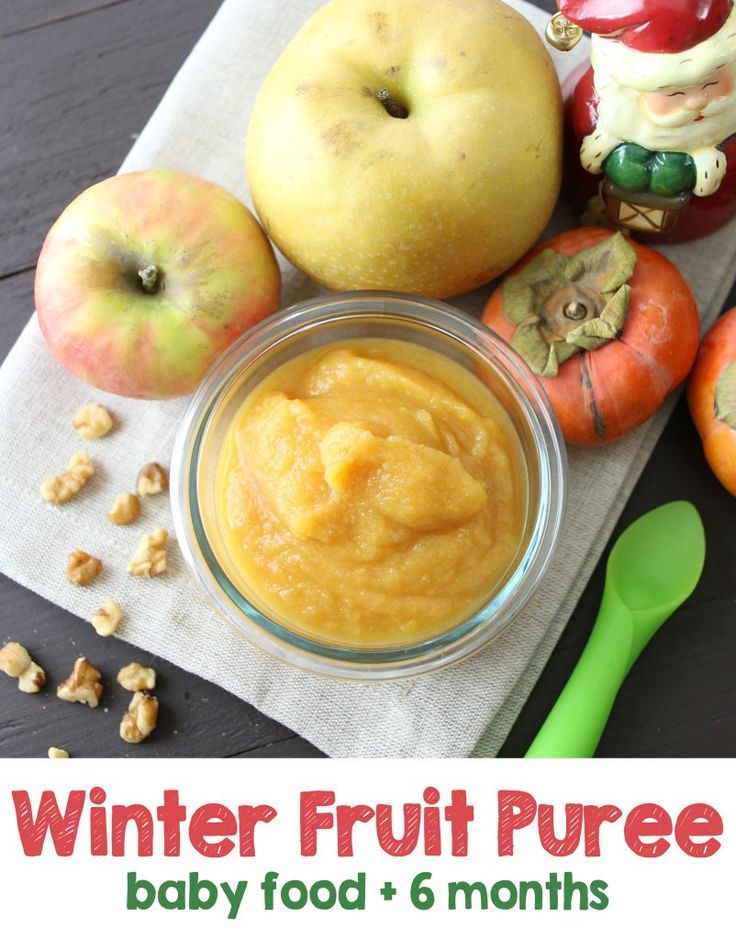 The main ingredient is beets. This dish can be combined with any other dishes or with meat recipes.
The main ingredient is beets. This dish can be combined with any other dishes or with meat recipes.
0001 Levchuk Victoria©
Russian borscht without beets is not borscht!!! I can’t imagine how you can cook vinaigrette, herring under a fur coat, beetroot without a red vegetable. Beetroot is a bright red, sweet vegetable that is rich in nutrients. It is rich in fiber, vitamin C and calcium, which are vital for the development of the child and the prevention of anemia in children and toddlers.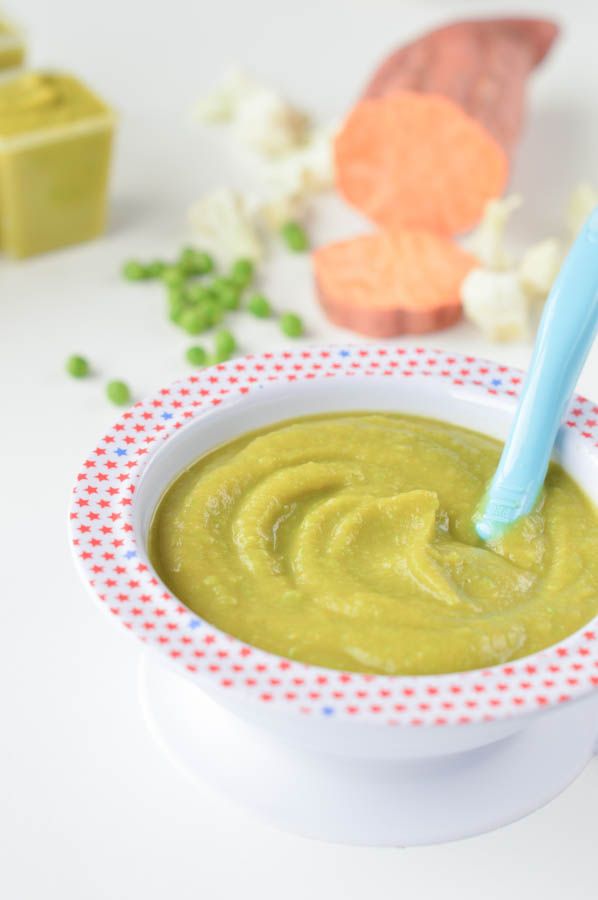
Table of Contents:
Beetroot is a root vegetable also known as red beet, table beet, garden beet, or simply beetroot. Filled with the goodness of nature, this little vegetable is the perfect blend of antioxidants, vitamins, and minerals. Beetroot is a root vegetable and belongs to beta vulgaris. Generally, vegetables of this species are mainly grown as edible root vegetables, which are rich in nutrition and low in carbohydrates. There are basically four types of beets: red, table, green, and golden. nine0003
Beet story
Beetroot is a root vegetable, fleshy, round or elongated. Its sweet, spiced flesh is bright red in color. This vegetable was grown by the Egyptians, Greeks and Romans, but, at that time, only the leaves were eaten, and the root was used in medicine.
The history of beet roots dates back to the 19th century, where it was used to give red wine a deep burgundy hue. The Romans were the first to grow beets, and they have been used for a variety of medicinal and culinary purposes ever since.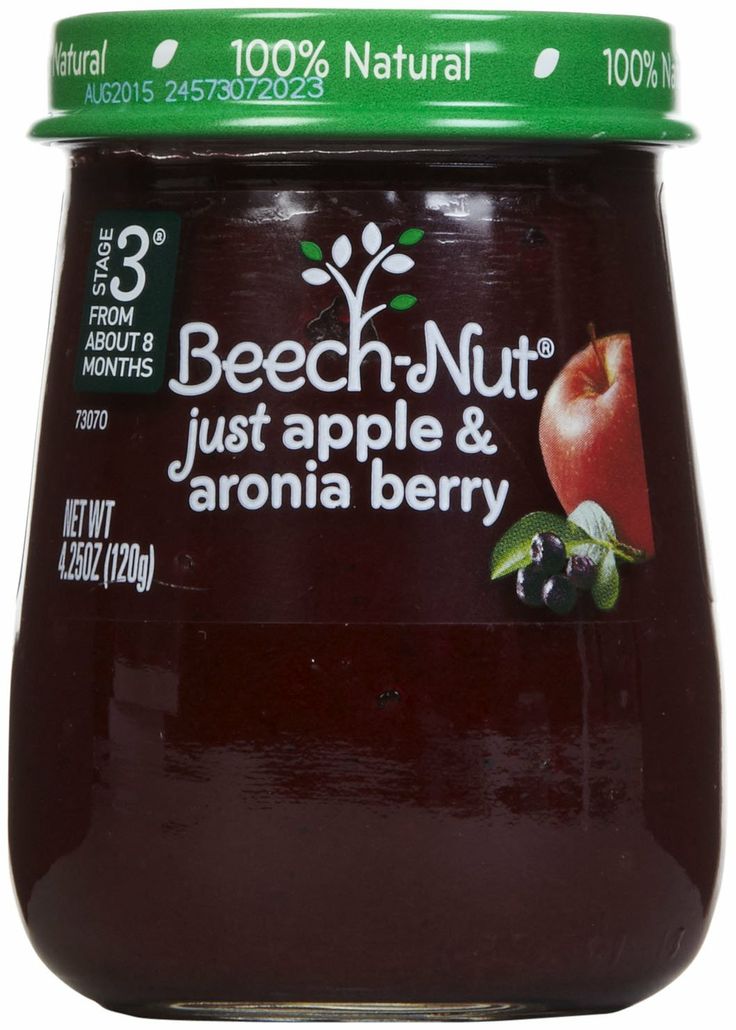 Traditionally, it was used to extract sucrose for commercial purposes, as it was the only vegetable with a high sugar content. nine0003
Traditionally, it was used to extract sucrose for commercial purposes, as it was the only vegetable with a high sugar content. nine0003
Benefits of beetroot in baby food
Beetroot in baby food is a very nutritious product for children. It plays a role in the healthy development of the child. Beets are also a unique source of phytonutrients called betanin, which provide antioxidant, anti-inflammatory, and detoxifying support for the body. This root vegetable is used to fight cancer, improve eye health, and protect against heart disease, making it one of the most nutritious vegetables on earth. Beets are pleasing to the eye, a fun canape for a child, and if you add green and white products, you will have a vinaigrette! nine0003
Beetroot in baby food is a rich source of fibre, folic acid, vitamin B9, manganese, iron and potassium, etc. The health benefits of this vegetable are numerous and most of us have no idea what we can get by including beets in our daily diet. Cubes, strips, in a salad or borscht, the best feature of this vegetable is that it enhances the health of each dish. This magical root vegetable can prevent various diseases and boost immunity, which is the foundation of a healthy body and mind. nine0003
This magical root vegetable can prevent various diseases and boost immunity, which is the foundation of a healthy body and mind. nine0003
minerals and vitamins beets
Beets help lower blood pressure
All over the world, high blood pressure has become a silent killer that leads to fatal diseases. Including beets in your diet can help maintain balanced blood pressure levels. Beets are a rich source of healthy nitrate, which naturally converts to nitric oxide in the human body, which can dilate blood vessels and lower blood pressure levels. It is very effective for patients with hypertension. nine0003
Beetroot juice helps in detoxification
Beetroot is known for its detoxifying properties that help remove all toxins from the body. Studies have proven that beetroot juice is effective in increasing the number of red blood cells, which improves stamina. So, let's try beetroot juice and cleanse the body of toxins.
Low in fat and calories
Although beets are high in sucrose, their high fiber content makes them a good source of fat-free, calorie-free nutrition.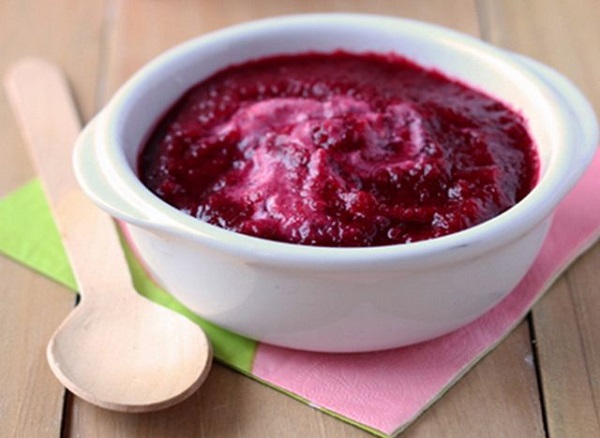 Plus, plant-based calories are a healthier alternative! It is ideal for those who watch their body and can help in weight loss. nine0003
Plus, plant-based calories are a healthier alternative! It is ideal for those who watch their body and can help in weight loss. nine0003
Good for diabetics
There is a common myth that beets are bad for diabetics because of their high sugar content. However, it is a myth that beets are enriched with fiber, potassium, manganese and iron, which, when combined with other foods, can provide complete nutrition.
Rich in antioxidants
Beetroot's spectacular color is due to the presence of betanin, which is an antioxidant. The pigmentation of this vegetable, along with other antioxidants known as polyphenols, has gained prominence in the recent past for important nutrients that help lower bad cholesterol levels. nine0003
Beetroot contains vitamin C and potassium, which help build the child's immune system. The iron content in beets prevents anemia in children and infants. This root vegetable is rich in fiber, which is good for digestion and treats constipation in children.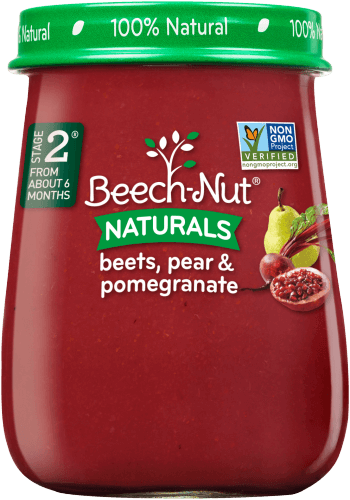 The content of carotenoids in beets contributes to the nutrition and growth of hair. It helps to improve blood circulation in the brain and body, which contributes to the healthy functioning of the brain in children.
The content of carotenoids in beets contributes to the nutrition and growth of hair. It helps to improve blood circulation in the brain and body, which contributes to the healthy functioning of the brain in children.
Important - Betanin
The substance betanin in beets can turn a child's urine or stool red. The pigments in red beets are so strong that a baby's stools may turn pink to reddish in color 1-3 days after consumption, but there is no need to be alarmed as this is completely normal. nine0003
Beets are best introduced into baby food after 12 months. This is my personal opinion, in no way connected with pediatricians and scientists.
Some Russian pediatricians recommend introducing beets to your child after 8-9 months, if all less allergic vegetables are included in complementary foods.
American pediatricians suggest adding beets to complementary foods at the age of 8-10 months.
Beets are introduced into complementary foods like any new product. Beetroot puree is made, which is given first ¼ part of a teaspoon, then ½ part, then more. You need to be careful with beets, as a child may be allergic to it. nine0126 The first complementary food is only boiled.
Beetroot puree is made, which is given first ¼ part of a teaspoon, then ½ part, then more. You need to be careful with beets, as a child may be allergic to it. nine0126 The first complementary food is only boiled.
Fresh raw beet root or leaves can be given after 3 years in salads in a small amount of no more than 30-50 grams 1 time per week. We give fresh salads only in the root crop season, choose small-sized fruits and fresh leaves. We choose sugar juicy and soft varieties so that the child can chew them. We introduce raw beets into complementary foods for 2-3 days as a new product, we start with the minimum portion, we look at the child's stool. In case of any incomprehensible reaction or changes, we cancel the introduction of the product into complementary foods. nine0003
The daily norm of boiled beets in the diet of a child is about 30 grams up to 18 months, 50 grams up to 3 years of age, after up to 7 years you can give about 100 grams.
Pickled beets is given to a child after 6-7 years, I remind you, because of the marinade.
Beet juice can be given with great caution after 12 months.
Beetroot juice from 1 to 3 years old can be given up to 50-70 ml no more, we observe the daily portion of juice according to age. The juice is diluted with water. How is described below. nine0003
In Ruth Yaron's Super Nutrition for Your Baby. From 0 to 2 years. says that boiled beets can be given to a child after 9 months, raw after 10-11 months, but take into account the nitrates that may be in it. This book indicates that Russian pediatricians recommend introducing beets into complementary foods after a year because of the high likelihood of an allergic reaction.
How much boiled beets per week? This is where opinions differ. Some write up to 3 years no more than 1 time per week, others write 1-2 times a week, and after 7 years you can give at least every day. nine0003
Parents decide on their own, look at the child's chair. If he is very weak with him, then giving beets more than 1 time per week is not worth it.
complementary food beets
The real introduction of beets into complementary foods
And now I will write how most Russian mothers actually introduce their child to beets. Borsch!!! Yes, many mothers do not suffer from boiling beets, but simply give borscht a try without tomatoes. Half a spoonful for a child is a normal dosage for the first time, especially if the child responds well to other foods. Due to the fact that acquaintance with beets occurs in a multi-component dish, so I think the child should be more than 12 months old. After the borscht is introduced into the child's complementary foods, you can cook a children's vinaigrette, give the child a couple of salad cubes to try. nine0003
It usually takes 2-3 days to get acquainted with pure boiled beets, after borscht. The child, in principle, is already familiar with beets, but caution does not hurt. Since the reaction may be to the amount of food. Those. the body coped with the minimum portion, but it can not cope with the maximum and the child pours out. Beets are allergenic, so be careful. Here you also need to take into account that the child may not like the beets at first, so the minimum portions will help you quickly adapt to the product. nine0003
Beets are allergenic, so be careful. Here you also need to take into account that the child may not like the beets at first, so the minimum portions will help you quickly adapt to the product. nine0003
The child's stool and urine after eating beets may change, become a little red and liquid (weaker than before, do not confuse with diarrhea), which is why I wrote above.
Beet allergy in a child
Beet allergy is an allergic reaction that occurs after contact with or ingestion of the root vegetable or its products. Allergy to beets is possible in some children. Allergy symptoms include rash, diarrhea, itching, hives, nausea, vomiting, chills, abdominal pain, runny nose, wheezing, swelling of the face, ear infection, watery eyes, red eyes, sore throat, and fever. For most people, symptoms are mild and go away easily, but the reaction can be more severe, leading to anaphylaxis, for example. Children, the elderly and people with diabetes are more prone to these allergic reactions than other people. nine0003
nine0003
The first cause of allergy is consumption of beets, which include (cooked and raw) beet roots, leaves and sugar from beets.
A case of an allergic reaction caused by inhalation of steam from boiled beets has been reported.
If a person experiences severe cramps when eating beetroot, this may be due to a food intolerance to beetroot. This means that the digestive system cannot break down proteins, carbohydrates and sugars. Beets that are not digested are deposited in the colon, where they mix with intestinal bacteria, causing bloating, abdominal pain, or cramps. nine0003
Diarrhea and constipation may also occur. Eating beets can cause increased gas production due to the fiber content in beets.
The body can also react to the high levels of nitrates in beets, which can lead to indigestion, diarrhea and vomiting. These symptoms may appear as early as 2 hours after consumption or 18-36 hours.
In what form should beets be given?
Beets have become famous for their amazing health benefits.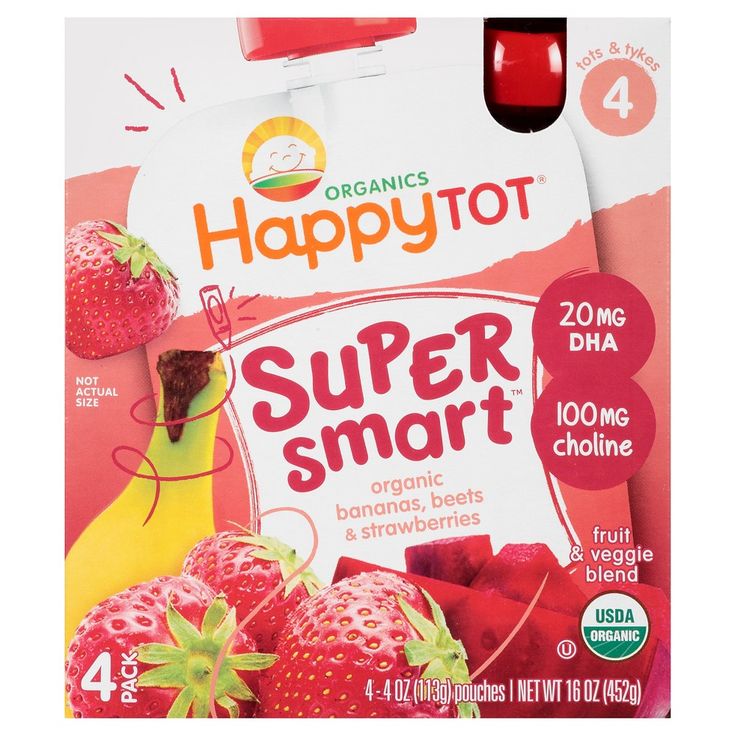 However, it is widely believed that cooking reduces the benefits of several vegetables. Here's how you should consume beets to get the most out of them:
However, it is widely believed that cooking reduces the benefits of several vegetables. Here's how you should consume beets to get the most out of them:
* Although the nutrients present in beets are heat sensitive. However, long-term cooking at high heat reduces the amount of nutrients and antioxidants.
* It is a rich source of vitamin C, which is a water-soluble vitamin, but cooking destroys this vitamin present in beets.
* Most of the folate content of beets is lost when cooked at high heat.
* The best way to eat and benefit from this vegetable - eat it fresh and raw. However, children rarely like the taste, so it can be steamed or baked at a low temperature.
* Grilled or roasted beetroot is another way to preserve the key nutrients of this vegetable. Removes sweetness and gives it a crunchy taste.
* Raw beets can enhance the flavor of sauces, juices and soups. When making soups, do not overheat the puree and add it at a later stage while the soup is cooking, this will not reduce the nutritional value. nine0003
nine0003
How to choose and store beets
When choosing beets for baby food, we try to buy a fresh vegetable whenever possible. A medium-sized root crop is more tender and tasty than large beets. Many recommend completely bypassing beets if they are over 8-10 cm in diameter. Bigger is not better!!!
Select undamaged or intact beets, i.e. no cuts or rot. Beets come in a variety of colors including red, yellow and of course the famous purple. If possible, buy beets that still have green leaves attached, a fresher version. We do not look at the dirt on the vegetable, it is rarely sold beautifully washed and shiny. nine0003
To store beetroot, remove the greens and then place in a bag and place in the vegetable drawer in the refrigerator. Beets will stay fresh for about 1-2 months. You can store in the refrigerator for up to 6 months, but keep in mind that the beneficial and taste properties are lost over time. In the cellar in the sand, the beets are stored longer and retain their taste too.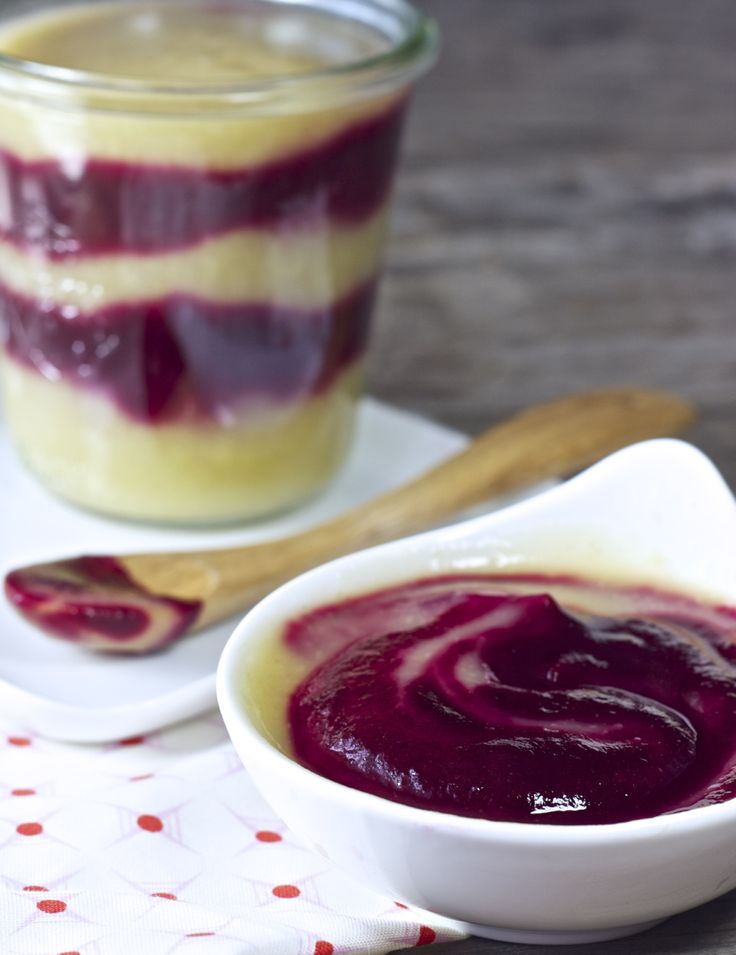
Nitrates and beets
Vegetables collect nitrates from the soil in which they are grown. Synthetic fertilizers can introduce nitrates into the soil, and some nitrates are formed naturally when bacteria in the soil break down certain components. While organic vegetables may have lower traces of nitrate from synthetic fertilizers, they will still contain naturally occurring nitrate from bacterial breakdown in the soil. nine0003
Beetroot is a root crop and has been assigned the status of a nitrate queen . Therefore, for baby food we use a boiled product and it is best to cut off the top and tail by about ¼. You can soak the beets for a while, changing the water several times.
But I read that nitrates in beets do not harm people in any way, and even help with lowering blood pressure. I do not know whether to believe or not these studies. Most importantly, keep an eye on your child. If the cheeks, palms turn red, the stool worsens, vomiting is most likely a reaction to nitrates in beets.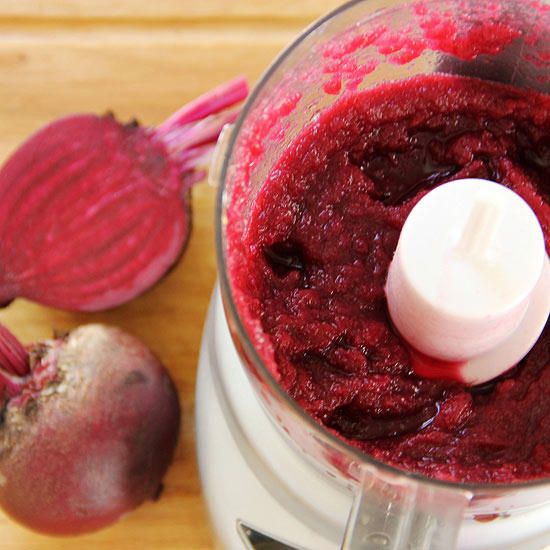 We remove beets from the diet, give antihistamines or polysorb, we look at the situation. nine0003
We remove beets from the diet, give antihistamines or polysorb, we look at the situation. nine0003
Contraindications
For most people, adding more beets to their diet is healthy and safe, and side effects such as lowering blood pressure or antioxidant protection are helpful. Side effects from beetroot are rare, but be aware that some people are allergic to beetroot .
Another strange and potentially frightening side effect of eating beets is called beturia . According to Medical News Today, the dark red pigments in beets can make urine red or pink in about 10 to 14 percent of people. They can also turn dark reddish-black stools a day or two after eating it. nine0003
Because beets are high in oxalic acid , they should be avoided if you are on a low oxalate diet. For some people, eating foods high in oxalates can lead to kidney stones.
Suggested method of consumption
Beetroot in complementary foods is best consumed boiled up to 3 years.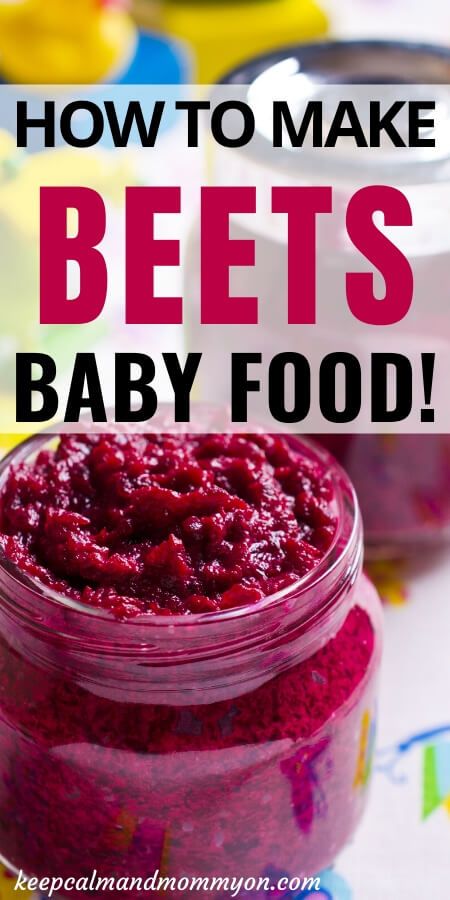 Dishes at the beginning of the introduction of the product in baby food are chosen familiar to the family. If borscht and vinaigrette are often cooked at home, then we introduce these products. We take into account that it is better to give nuts to a child after 3 years, so we prepare a classic salad of beets and nuts without the last ingredient. It's time to learn right stew beets , a very tasty and healthy dish.
Dishes at the beginning of the introduction of the product in baby food are chosen familiar to the family. If borscht and vinaigrette are often cooked at home, then we introduce these products. We take into account that it is better to give nuts to a child after 3 years, so we prepare a classic salad of beets and nuts without the last ingredient. It's time to learn right stew beets , a very tasty and healthy dish.
Remember, beets turn other foods red. Therefore, we use this fact in order to visually diversify the color of baby food. You can make red mashed potatoes, purple rice casserole, or red borscht. We show imagination, a picky eater can appreciate red dishes.
Beets are ideal for steaming or roasting in the oven with spices. Steaming is indeed the best method for cooking root vegetables, especially if you need to use it for baby food. Steaming will make the beets softer and easier to puree. And vitamin A beta-carotene will be more bioavailable and easily used by the body. nine0003
nine0003
It is better to cook beets in their skins, vitamins and minerals are preserved more, after boiling the skins are removed, they are not eaten.
Freezing beets
Can beets be frozen? Can. In the form of cubes and pieces. Store in the freezer for up to 3 months. But I don't see the point in doing it. Since beetroot belongs to the basic food products, i.e. a root crop that can be stored in the refrigerator for a relatively long time, that is, is there any point in freezing.
You can freeze beetroot for green cabbage soup. Freeze like regular greens. Washed, cut, dried, put in a bag and quickly frozen. nine0003
I freeze only the roast for borscht, where there is beetroot, to save time when cooking. Therefore, parents decide on their own to freeze or not to freeze beets.
The leftover beetroot puree is best frozen. Then you can put in mashed potatoes or casserole. A quick way to make a dish bright and colorful.
Beet juice
Everyone knows that beet juice is used as an additive to medicines because it is rich in vitamin A, potassium, phosphorus and chlorine.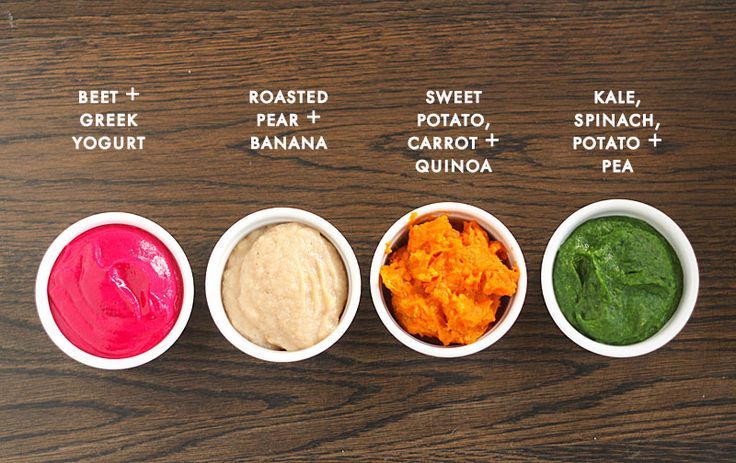 Its regular use increases the level of hemoglobin in the blood, improves immunity and normalizes the functioning of the heart. Beets can replace a whole set of medicines for our children! nine0003
Its regular use increases the level of hemoglobin in the blood, improves immunity and normalizes the functioning of the heart. Beets can replace a whole set of medicines for our children! nine0003
Some children refuse to drink raw beetroot juice. In this case, boiled/roasted beet juice can be offered. Although heat treatment partially destroys vitamins and minerals, it also reduces the amount of harmful substances such as nitrates. Do not peel before boiling.
Freshly squeezed beetroot juice should be left for a couple of hours before drinking. Harmful substances will partially evaporate upon contact with air, plus the taste improves when the juice is settled. Beetroot tastes a bit bitter for a child's throat, and it can cause a cough. Therefore, I would advise mixing beetroot juice with apples or carrots. nine0003
Making beetroot juice is easy. We take small root crops, wash, clean, cut into pieces. Then either in a juicer or in a blender.
After the juicer, dilute and drink.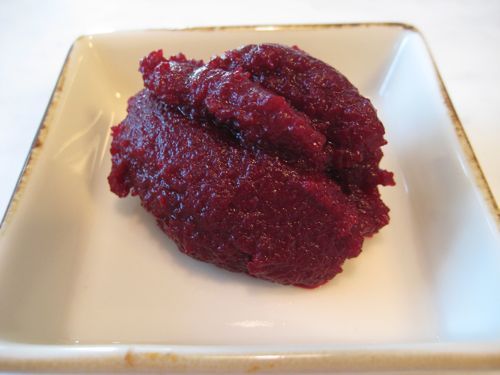 Strain through cheesecloth after blender.
Strain through cheesecloth after blender.
Any juice given to a child after 12 months must be diluted 1:1 with boiled water. Beet juice also needs to be diluted. The daily norm of juice after 12 months is about 50-70 ml, which was diluted with water. This will be safer for the stomach. We introduce the child to beetroot juice after getting acquainted with the product, since the reaction to fresh juice may be stronger than to boiled beets. Give no more than 1 time per week. nine0003
How to cook beetroot
Beetroot can be baked, boiled or steamed and then peeled and mashed. Please note that it takes time to cook beets:
Steamed: is great for preserving nutrients, but it takes time, it takes about 60 minutes, depending on the size of the root.
Boil: Boil beets for two hours (regard size). The peel is easily removed, and vitamins are better preserved in whole beets. nine0003
Bake: thoroughly wash, peel, cut into pieces, put on a baking sheet and bake at 200 ° C for 30-40 minutes - the more beets, the longer the baking time.
Preparing the puree: After cooking the beets, remove the skin under cold running water. We beat with a blender. Beetroot puree will keep in the refrigerator for 2 days.
Finger food and beetroot
Beetroot is ideal for finger food. It is usually introduced into complementary foods after 12 months, when the child already eats pieces of food well. We just cut the boiled beets into cubes and offer the child. You can cook a children's vinaigrette, then the baby will have a large selection of products that he wants to try. nine0003
Please note that beetroot cubes should be small so that the child does not choke. The younger the baby, the smaller the size of the cube. I remind you that the child’s trachea is small and round, the product can get stuck easily and simply, therefore, when offering finger foods, we sit next to the child or so that he does not run with food in his hands. Choking on the run is easy. We observe safety when eating in pieces.



